
Let’s be honest—parenting isn’t just hard. It’s a full-blown rollercoaster.
One day your kid is sweet and cuddly, the next they’re cutting their own hair or refusing to leave the house. And when things go sideways, our first reaction is often frustration. But what if some of the behaviors we label as “bad” are actually totally normal?
Understanding what’s really behind these actions can not only ease your stress but also help your child thrive emotionally. Let’s explore 10 common behaviors that parents often misread—and how to handle them the smart way.
Video: 10 PARENTING MISTAKES WE SHOULD AVOID
Control Your Impulses Before Correcting Theirs
You tell your child not to do something. Two seconds later, they do it anyway. Sound familiar?
It’s not defiance—it’s development. Kids don’t have a fully formed prefrontal cortex, which means self-control is still under construction. They’re not trying to drive you nuts—they just haven’t mastered impulse control yet.

Your best move? Stay calm. Reacting with anger teaches fear, not discipline. Instead, pause, breathe, and redirect their energy in a way that supports their growth.
Too Much of a Good Thing? Welcome to Overstimulation
You sign them up for sports, piano, dance, playdates—and suddenly they’re crying, clumsy, or totally uncooperative.
That’s overstimulation. Their brain gets flooded with sensory input—from bright lights and loud sounds to nonstop social interaction—and it triggers emotional overload. Toddlers may throw tantrums. Older kids might withdraw or get overly clingy.
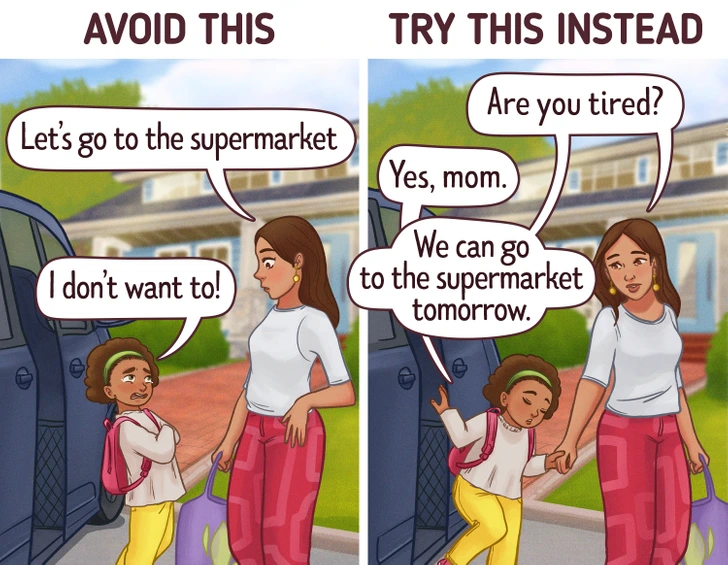
The fix? Build quiet time into their schedule. Calm spaces help kids reset, refocus, and recharge.
They’re Moody Because They Don’t Know Why They’re Moody
Ever feel cranky after a bad night’s sleep? So do kids. The difference? They don’t yet know how to connect their feelings to causes like hunger, fatigue, or stress.
This makes it tough for them to express what’s wrong—and that leads to meltdowns or shutdowns. Try creating a safe space and sharing your own emotions first: “You know, when I don’t sleep well, I feel really grumpy too.”
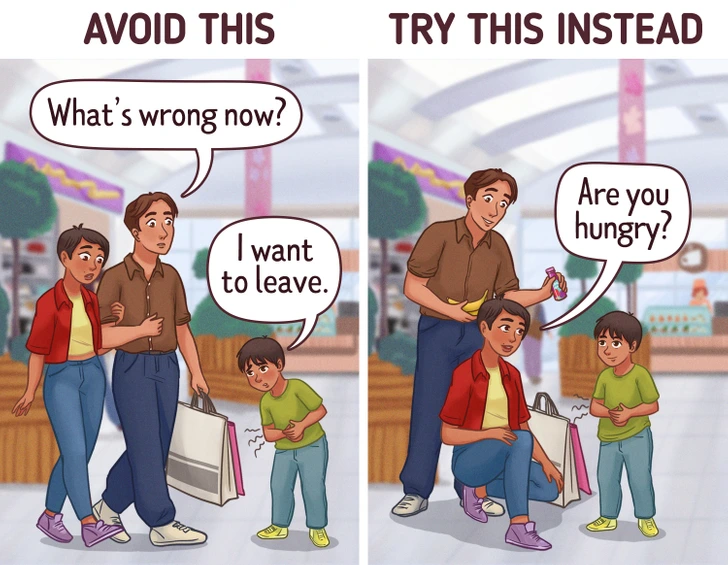
That kind of honesty opens the door to emotional communication.
Don’t Silence Their Sadness—Guide It
Kids have big emotions but tiny vocabularies. When they’re upset, it may come out as yelling, crying, or complete silence.
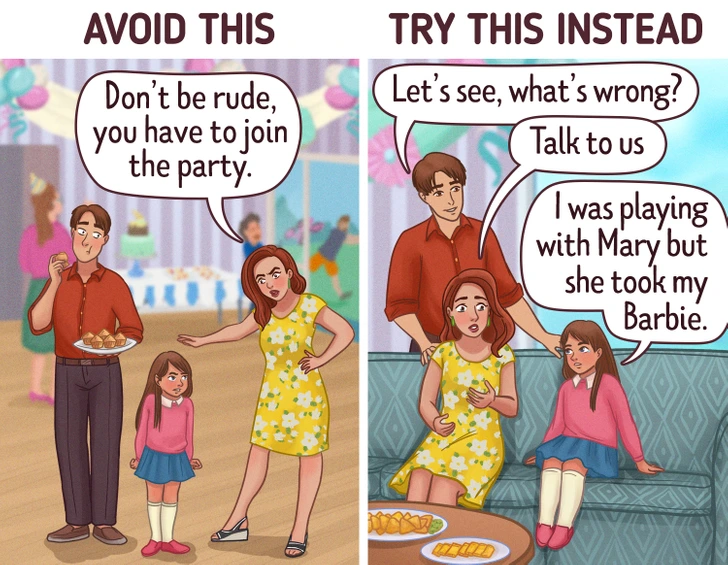
Instead of saying “stop crying” or “don’t be mad,” try guiding them with questions like:
“What’s going on inside your heart?”
“Is there a feeling that needs to come out?”
Also, using characters from their favorite show can help them identify what they’re experiencing. Emotional intelligence starts with permission to feel.
Video: Use this Method to Get Your Child to Listen and Behave
Why Can’t They Sit Still? Because Movement Is Their Language
To a parent, a fidgety, bouncing-off-the-walls kid might seem disobedient. But truthfully? They’re not misbehaving—they’re overflowing with energy.
Children are wired to move. It’s how they learn, explore, and feel alive. Instead of forcing them to “be still,” give them outlets: a bike ride, dancing, playground time.
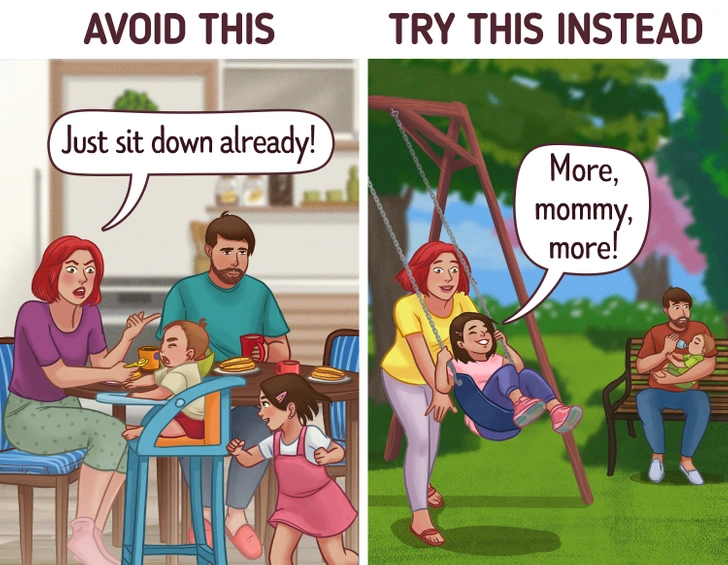
The goal isn’t to suppress energy—it’s to help them burn it in healthy ways.
Their Independence Isn’t Rebellion—It’s Growth
When your child says “I’ll do it myself!” and refuses help, you might think they’re being difficult. But this is actually a good thing.
Kids crave autonomy. Whether it’s making their bed or choosing their outfit, these moments show that they’re developing a sense of control and confidence.
Your role? Step back, even if it takes longer or gets messy. That “I can do it” attitude is the early sign of a future leader.
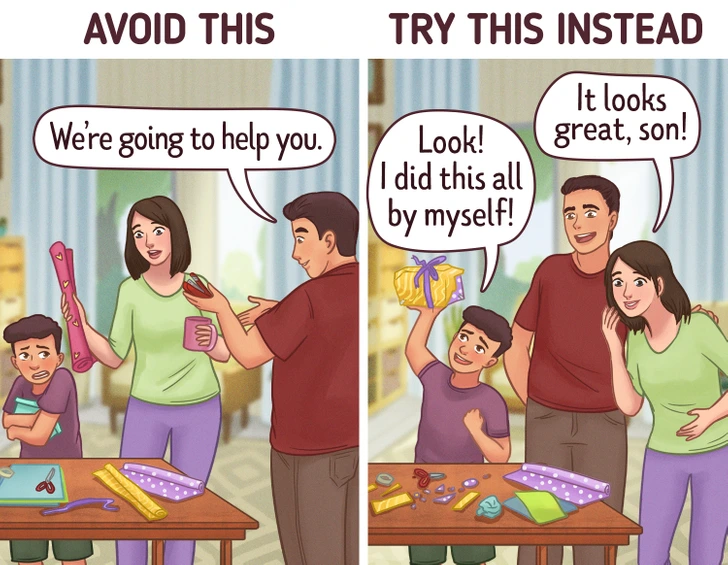
Their Strengths May Come With Side Effects
Got a kid who’s hyper-focused at school but completely scattered at home? That’s not inconsistency—it’s context-based behavior.
Every child has strengths, and every strength has a flip side. A perfectionist may shine in class but melt down over a small mistake at dinner. That doesn’t mean something’s wrong. It just means they need help managing how their strengths show up in different settings.
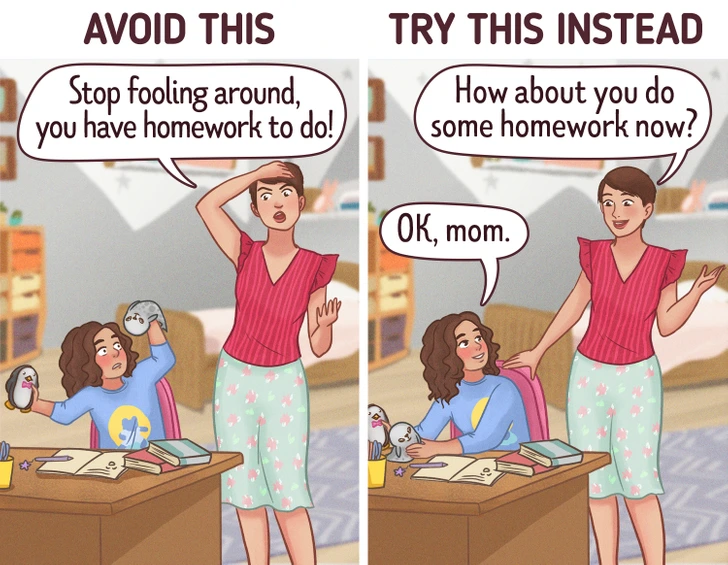
Instead of labeling them, help them understand how to navigate those traits with flexibility.
Play Isn’t a Distraction—It’s Their Way of Learning
You’re trying to clean up dinner, and your child’s tugging at your arm with a toy. It might seem like bad timing, but it’s actually an invitation to connect.
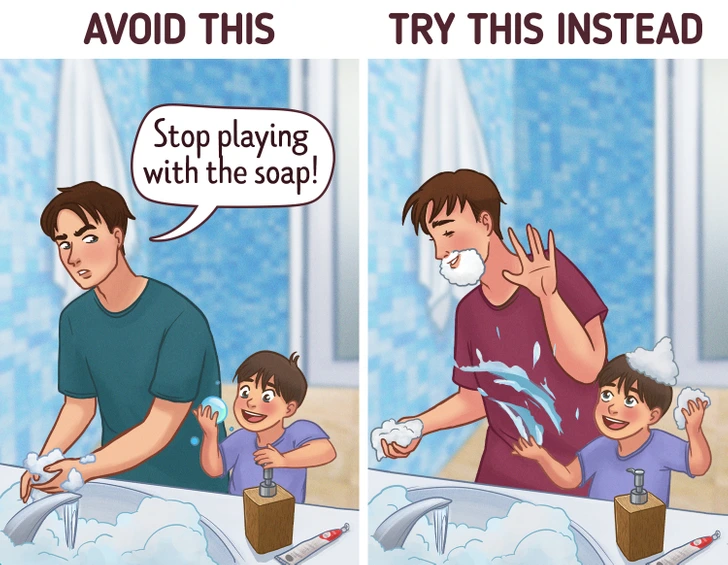
Play isn’t just fun for kids—it’s essential for development. Through pretend scenarios and games, they process emotions, build communication skills, and feel seen and loved.
When possible, accept their invitation to play—even if just for five minutes. It sends the message: “You matter.”
Video:
8 Things Parents Shouldn’t Say to Their Child
Their Emotions Mirror Yours
Kids absorb energy like sponges. If your home feels tense, they’ll pick up on it—fast. It’s called emotional contagion, and it’s backed by neuroscience.
When parents are anxious, kids often act out—not to be difficult, but because they’re reflecting the emotional tone around them. Your best strategy? Model calm, especially during tough moments. Children are mirrors more than rebels.
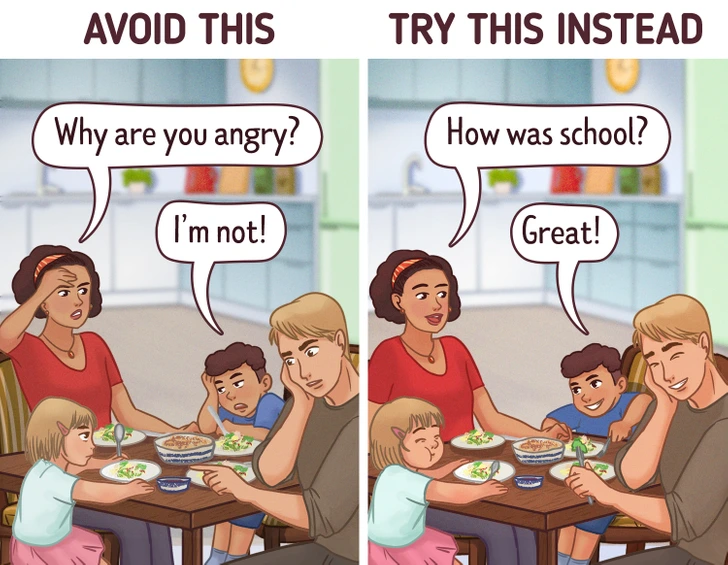
Inconsistent Boundaries Confuse More Than They Teach
One day you give them candy for good behavior. The next day, same behavior—no reward. No explanation.
See the problem?
Kids thrive on structure. When rules shift daily, they feel uncertain and act out to test the limits. Consistency is clarity. Be firm but loving, and always explain why a rule exists. The more predictable your response, the safer your child feels.
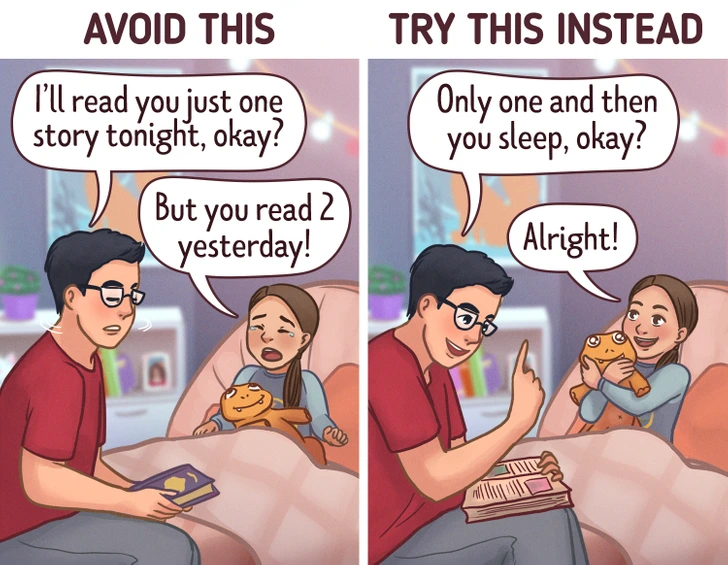
Kids don’t come with manuals—but they do come with clues. What seems like misbehavior often masks needs, emotions, or developmental milestones.
By understanding the “why” behind their actions, we stop reacting—and start connecting.
And that’s when parenting shifts from survival mode to real growth—for both you and your child.


